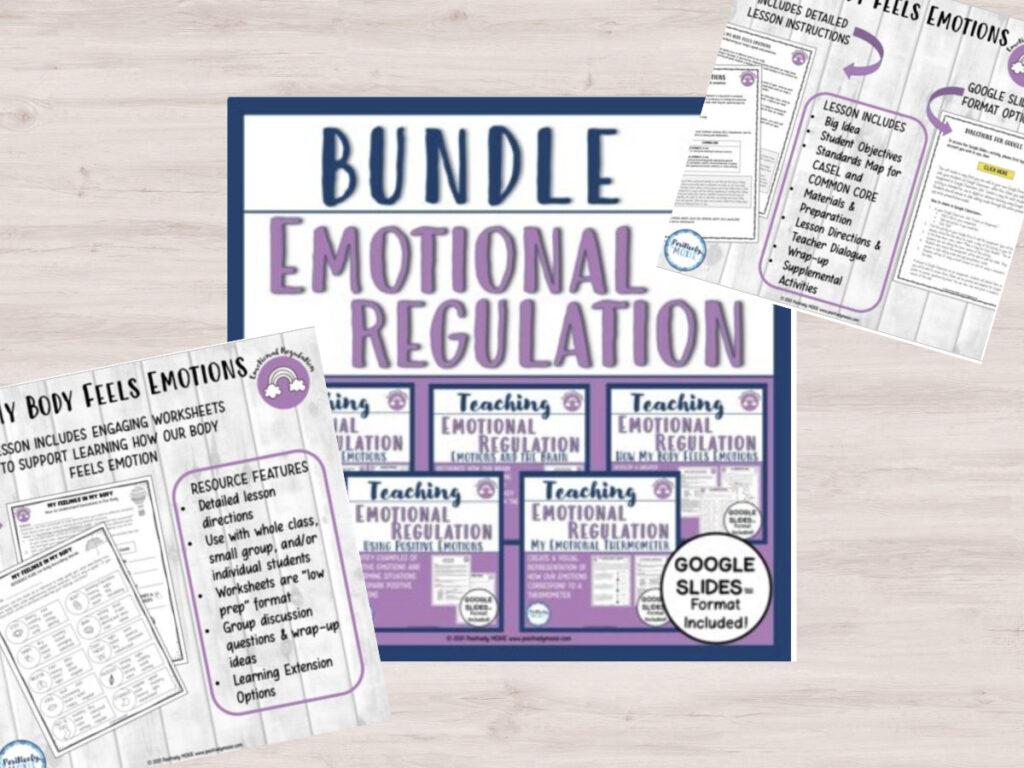
How our 8th Sense may be the key to well-being
What is Interoception?
Although, we have been taught that humans have five senses, we are just beginning to learn that about an 8th sense – interoception – the hidden sense that shapes well-being. Science is teaching us that Interoception may be the key to our well-being.
Interoception is your perception of sensations from your internal organs. It is how your brain interprets signals from your body. It helps you feel and make sense of what’s going on inside your body.
Many of the body’s changes happen automatically, without our awareness, as a result of the communication between the body and brain. Your interpretation of these signals is called interoceptive awareness and it may be a key to your wellbeing.
Your body is constantly making adjustments even without your conscious awareness. For instance, when you eat something sugary, your body senses a rise in sugar, and it automatically releases more insulin. When you first wake up in the morning, your blood pressure is low because you are relaxed. Then, when you put on your running shoes and head outside for a jog, your blood pressure will begin rising in response. Your body makes these changes automatically.
However, there are sensations that we may consciously notice. Through interoceptive awareness, you will know if you’re hungry, full, hot, cold, thirsty, nauseated, itchy, or ticklish. You might also notice changes such as increased heart rate, muscle tension, or even an upset stomach.

Interoception and Emotions
Recent research shows that there is a strong connection between interoception and emotional regulation. Having a low sensitivity to interoceptive signals can make self-regulation a challenge. Individuals with high sensitivity to interoceptive signals show a greater capacity to understand and regulate their emotions (Zamariola et al., 2019).
It appears that the ability to understand and sense our body signals, interoception, allows us to more intentionally control our responses. Luckily, there are ways to increase interoceptive awareness. Because inner sensations are connected to emotions, our capacity to read and interpret signals can affect our well-being.
Increasingly, science is showing how emotions can be felt in the body as sensations. When a group of scientists in Finland asked participants to map out where they felt particular emotions in their bodies, the results were consistent, even across cultures and countries.
Data from their study showed consistent patterns of bodily sensations as associated with each of the six basic emotions: anger, fear, disgust, happiness, sadness and surprise. Many people reported that happiness and love sparked activity across nearly the entire body. And anger was one of the few emotions that activated the arms.
What We Notice Grows
Increasing interoception is a core wellness skill in the Community Resiliency Model (CRM). In CRM, the skill of interoception is called tracking.
Tracking is learning to notice sensations and recognizing whether the sensation is pleasant, unpleasant, or neutral. The better you become at telling the difference between pleasant and unpleasant sensations, the more you have a choice of what to pay attention to in order to restore balance in the nervous system.
What we pay attention to grows. When we learn to recognize sensations of well-being, we can choose to pay attention to them more often, which helps keep the nervous system calm and focused. Pleasant biological sensations often include noticing a slower heart rate, deeper breathing, and relaxed muscles. Being able to recognize and shift to pleasant sensations of well-being builds wellness and resiliency.
Our Emotional Regulation Bundle helps teach children the skills of interoception that will help them better calmer and more focused. You can also learn ideas to increase self-regulation in the classroom through this blog post.

Our lesson, How My Body Feels Emotions, can help students increase their capacity to accurately read and respond to sensations in their body. It is part of our Emotional Regulation Bundle.
Resources:
Price, C. J., & Hooven, C. (2018). Interoceptive Awareness Skills for Emotion Regulation: Theory and Approach of Mindful Awareness in Body-Oriented Therapy (MABT). Frontiers in psychology, 9, 798. https://doi.org/10.3389/fpsyg.2018.00798
Zamariola, G., Frost, N., Van Oost, A., Corneille, O., & Luminet, O. (2019). Relationship between interoception and emotion regulation: new evidence from mixed methods. Journal of Affective Disorders, 246, 480-485.
Nummenmaa, L., Glerean, E., Hari, R., & Hietanen, J. K. (2014). Bodily maps of emotions. Proceedings of the National Academy of Sciences, 111(2), 646-651.

